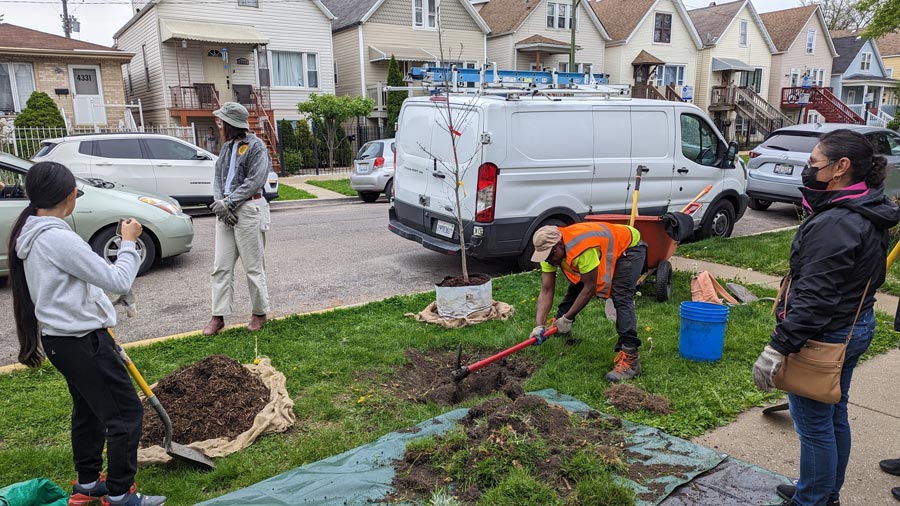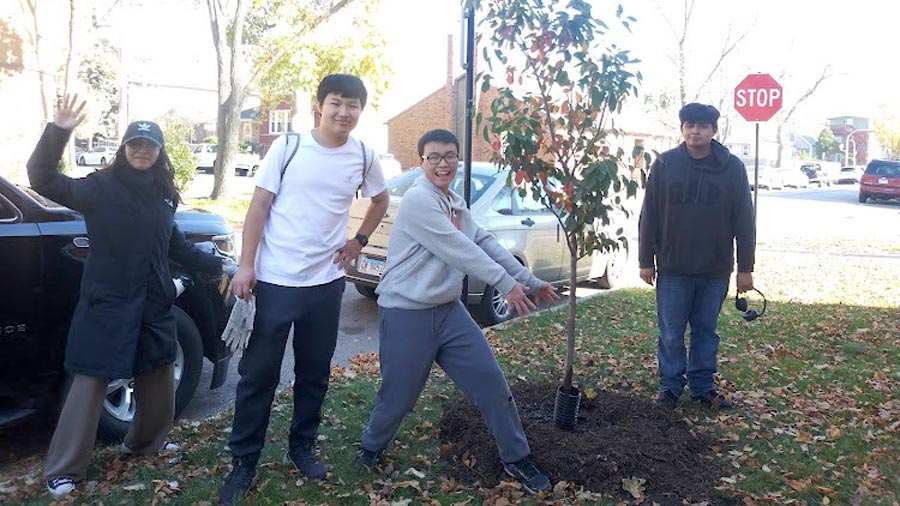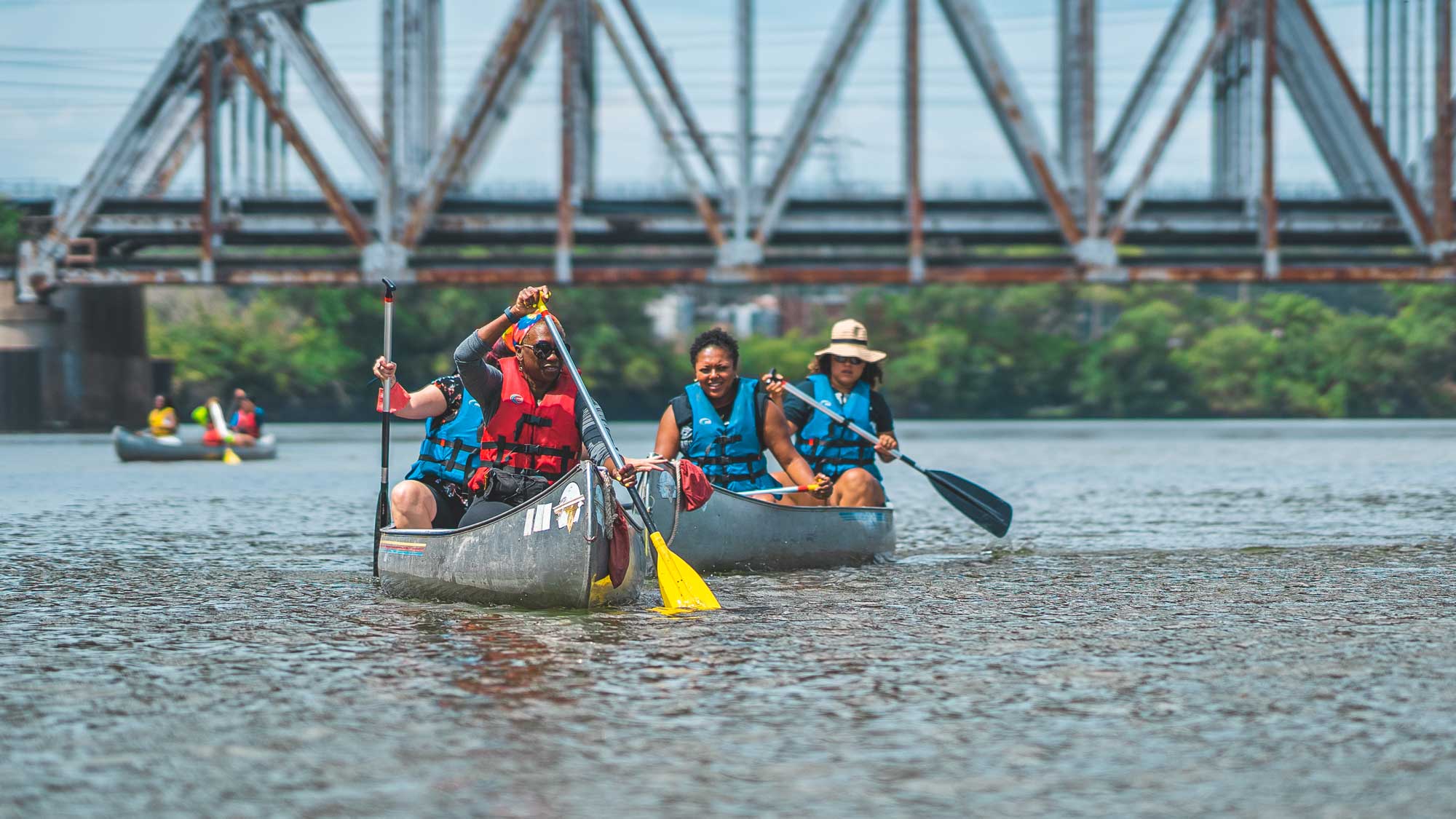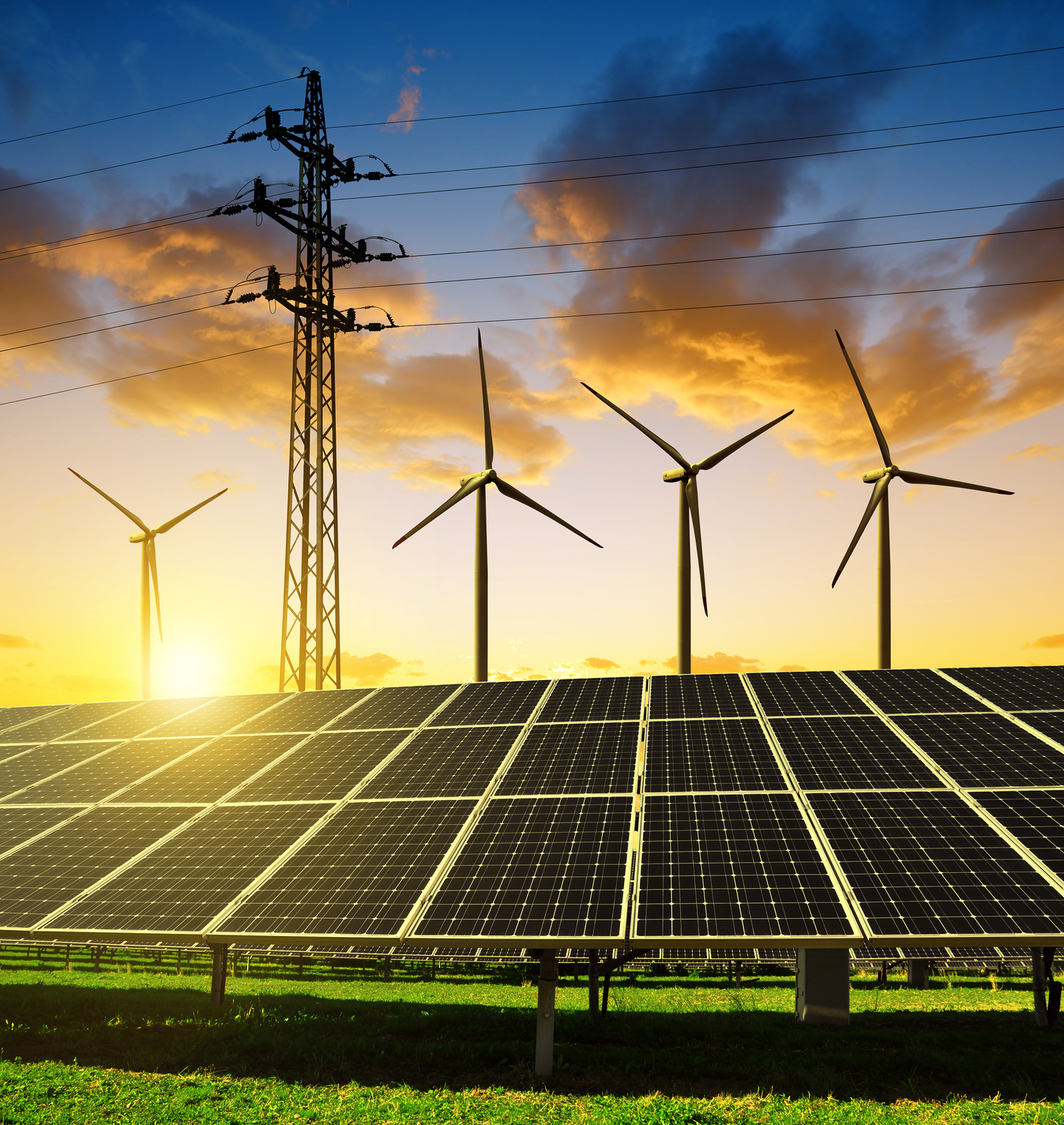For 60 years, Openlands has been advancing nature-based answers across three states.
Every year, the effects of climate change become more evident.
Hotter summers, more frequent extreme weather events, intense droughts, and rising sea levels are among human-induced consequences that have also reduced natural landscapes and biodiversity.
For six decades, Chicago-based Openlands has worked across Indiana, Illinois, and Wisconsin to counteract climate change by protecting and preserving the Great Lakes and saving or restoring more than 85,000 acres in urban, suburban, and rural settings. A leader in environmental advocacy, the organization applies a community-first approach, uniting groups to bring change.
And it has a longstanding devotion to trees.
“We don't have powers of condemnation, but we can convene, we can facilitate, and we can bring people together around big topics and important issues,” said Jerry Adelmann, President and CEO of Openlands. “Early on that really played a unique role.”
Established in 1963 by the Welfare Council of Metropolitan Chicago, Openlands is one of the first organizations in the U.S. to work on environmental issues in a metropolitan region. Its origins are based in the early environmental movement sparked by the release in 1962 of the book Silent Spring by Rachel Carson.
The organization’s primary mission was to protect and preserve local land and wildlife. Today, Openlands has expanded and refined that effort to work across the tri-state area to advance nature-based solutions to climate change, improve the health and well-being of communities, and create a more verdant region.
Those efforts include acquiring more than 1,000 acres along the Illinois-Wisconsin border since 2005. That work was part of a collaboration with other organizations to create the 30,000-acre Hackmatack National Wildlife Refuge, the first federal wildlife refuge within 100 miles of Chicago.
“Openlands puts importance on land conservation,” said Daniella Pereira, the organization’s Vice President of Community Conservation. “But that is no more important than the pocket parks or street trees in Chicago neighborhoods. Maybe the green space is smaller here, but you have millions of people in these communities. That weighs equally for us.”
This video gives a condensed look at an Openlands community tree planting. Credit: Openlands.
Addressing Inequity in Tree Coverage
In addition to working in rural and suburban areas, Openlands has established urban environmental initiatives that prioritize tree planting and maintenance. Pereira perceives trees as a vital component of community infrastructure.
They are, she said, “a daily reminder of your connection to nature, an anchor to your community.”
Often taken for granted, trees contribute to the quality of life and play a direct role in counteracting hotter summers. They offer shade, reduce temperatures, and create oxygen. They absorb storm water and filter smoke and other pollutants.

Openlands reaches out to residents, especially in historically marginalized neighborhoods, and supports them in planting and maintaining trees. Credit: Openlands.
Neighborhoods without trees can become heat islands, Pereira said, discouraging residents from going outdoors and interacting with neighbors.
“What we hear from people when trees are removed, especially larger street trees from their neighborhood, is how different it looks,” she said, “how hot it gets, and how they don't recognize their neighborhood anymore.”
The City of Chicago announced it planted 18,000 trees last year, ahead of its annual goal of 15,000. The effort was an encouraging sign in light of a Chicago Tribune investigation in 2022 showing that Chicago lost 69,000 street trees from 2011 through 2021 and that the city had a history of planting more trees in wealthier, predominantly White areas than in neighborhoods that are predominantly Black or Latina/o/x on the city’s South and West Sides.
Working in the Community
To strengthen tree planting and maintenance across the city—especially in marginalized neighborhoods—Openlands works directly with community members to connect with nature where they reside.
“Community work really moves at the speed of trust and capacity,” Pereira said. “If you don't allow that, you're really not doing the work that you're supposed to be doing.”
Over the decades, the organization has launched many initiatives. They include:
- Offering a month-long course that teaches volunteers to properly establish and maintain trees. Those who complete the training become certified TreeKeepers, leading tree-planting events and working directly with community members to become tree stewards.
- Supporting the establishment of the Chicago Urban Forestry Advisory Board, a panel of tree experts and city officials expanding tree coverage, or canopy, through the city’s Our Roots Chicago initiative.
- Leading the first registered arborist apprenticeship program in Illinois. In partnership with the Department of Labor and tree care companies across the Chicago region, the Arborist Registered Apprenticeship improves recruitment and retention of a more diverse workforce in Arboriculture and Urban Forestry.
Another way that Openlands has supported the greening of urban communities is the Space to Grow Program. Partnering with the national nonprofit Healthy Schools Campaign, Openlands has transformed 34 campuses across the City—focusing on schools in underserved and flood-prone areas—into “green schoolyards.” The campuses feature spaces for physical activity and environmentally beneficial components that can be incorporated into curricula. Schools across the U.S. and in France have used Space to Grow as a model.

Every semester students at Kelly College Prep in Chicago run a planting day like this one in October of 2022 in the Brighton Park neighborhood on the city’s Southwest Side. Credit: Brighton Park Neighborhood Council.
Openlands also has worked with schools to establish tree clubs. In 2021, the organization supported a visual arts teacher at Kelly College Prep, Colin Seikel, to set up the Truffula Club.
Named for the colorful, fictional Truffula Tree in Dr. Seuss books, the club devotes a day every semester to work with Openlands TreeKeepers in the Brighton Park neighborhood on Chicago’s Southwest Side. So far, students in the club have helped plant 55 trees throughout the neighborhood.
The club also is a social and educational outlet where students discuss contemporary environmental issues and bond over similar interests, Seikel said. Beyond that, the Truffula Club has helped students deal with post-pandemic social anxiety, he said.
“It doesn't feel like a job,” said Seikel, who has left Kelly but continues to work with the club and his former students. “It feels like a social group that is socially and ethically engaged in their community. Those two things are side by side, not one over the other.”
By working with students and schools, Openlands is helping young people learn the importance of protecting the environment at an early age—lessons that generate a hopeful future.
“I see this next generation taking a lot of these things that Openlands has helped to initiate, taking them to scale and changing them in ways that make them relevant to their community as it changes,” Pereira said. “To me, that's beautiful.”
MacArthur provided more than $6.3 million in support to Openlands since 1984 for general operating support and its urban forestry and open space work.




